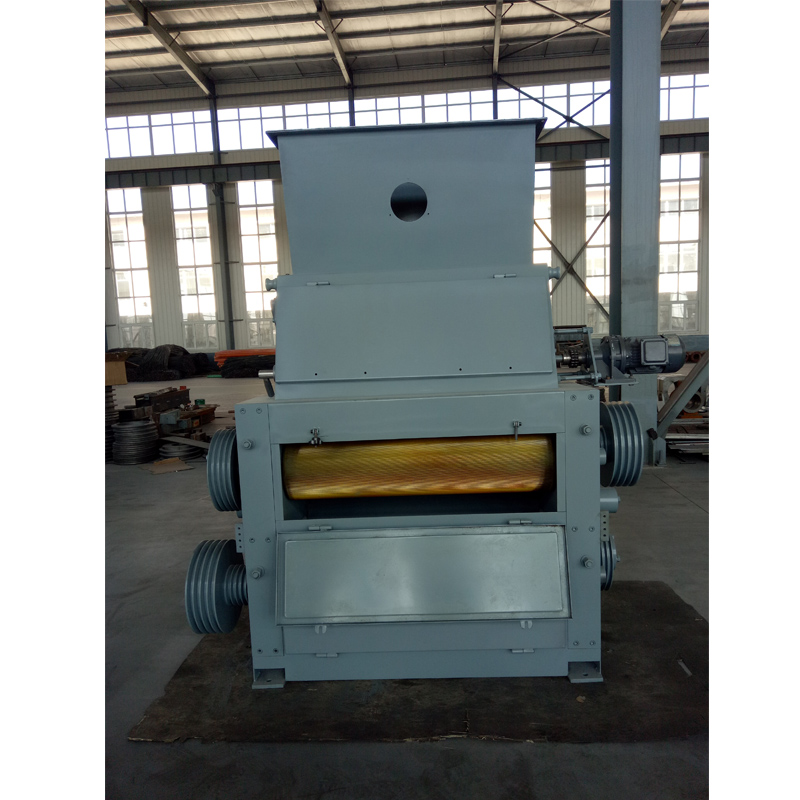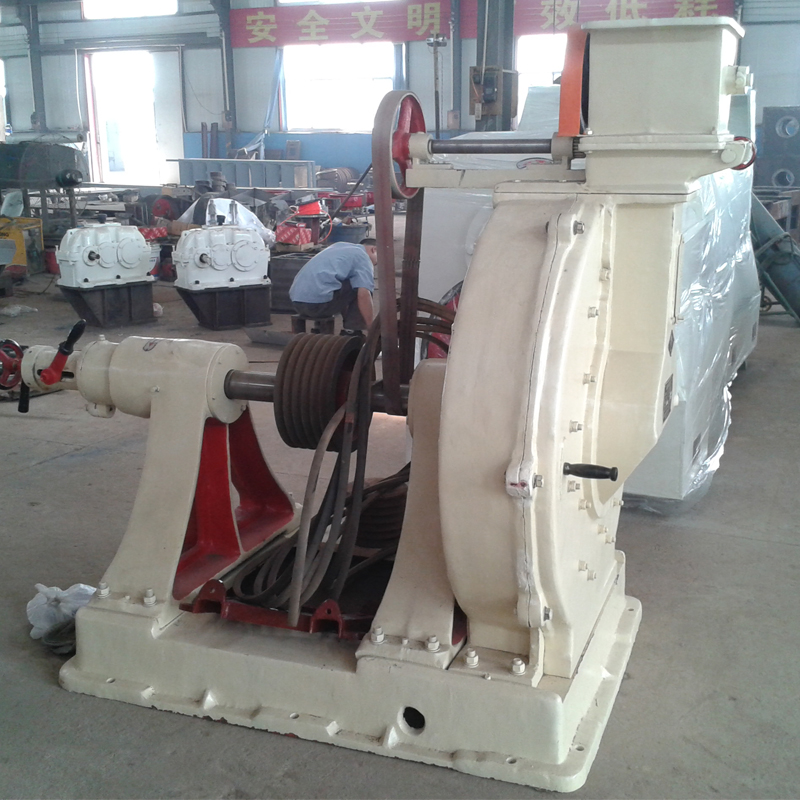يونيو . 06, 2025 02:49 Back to list
Premium Oil Centrifuge High-performance Industrial Separation
- Introduction to Modern Oil Centrifuge Solutions
- Technical Superiority in Separation Technology
- Industrial Applications and Data-Driven Performance
- Global Manufacturer Comparison Analysis
- Specialized Application Configurations
- Industry Implementation Case Studies
- Selecting Your Oil Centrifuge Partner

(oil centrifuge)
Innovative Oil Centrifuge Technology Transforming Industry Standards
Contemporary oil purification systems have undergone radical transformation. The latest generation of industrial centrifuges delivers unprecedented particle separation down to 0.5 microns, significantly outperforming traditional filtration methods. This technological leap extends equipment lifespan by 40-60% according to turbine reliability studies, while reducing maintenance intervals by half. Major refineties now report 12-18 month ROI periods after implementing advanced centrifugal separation.
Leading oil centrifuge
companies integrate IoT capabilities for real-time viscosity monitoring and remote diagnostics. These systems automatically adjust G-force parameters between 8,000-15,000 based on contaminant load detection. Critical in marine applications where fuel contamination causes approximately 23% of engine failures annually. The export market for these intelligent systems expanded 27% last year, with Asia-Pacific showing strongest growth at 34%.
Technical Superiority in Separation Technology
Modern centrifugal systems leverage multi-stage separation chambers and hydrophobic coatings achieving 99.98% particulate removal efficiency. Advanced models process up to 3,000 liters/hour while consuming 30% less energy than previous generations. Stainless steel 316L rotors withstand temperatures exceeding 120°C without performance degradation - crucial for industrial applications.
Key innovations include:
- Self-balancing rotors eliminating vibration even during flow rate fluctuations
- Ceramic bearings rated for 35,000+ operational hours
- HMI touchscreens displaying real-time particle distribution analyses
- Automated sludge ejection systems minimizing operator intervention
These technological advancements reduce water content in processed oils to below 0.05% - surpassing even stringent turbine lubrication specifications.
Industrial Applications and Data-Driven Performance
Centrifugal purification yields measurable benefits across industries. Power generation facilities report 45% reduction in transformer replacement costs after implementing centrifuge systems. In metalworking operations, tool life extends 150-400% when maintaining hydraulic fluids at ISO 14/11 cleanliness level. The most significant results emerge in high-reliability environments:
- Marine: Eliminated 90% of fuel injector failures in Maersk container vessels
- Mining: Reduced hydraulic system downtime by 75% at Chilean copper operations
- Manufacturing: Increased press reliability to 99.3% at German automotive plants
Performance data consistently demonstrates 8-12% energy savings through viscosity optimization achieved by centrifugal separation - translating to approximately 1,200 tons CO2 reduction annually for a mid-sized refinery.
Global Manufacturer Comparison Analysis
| Manufacturer | Max Flow Rate (L/h) | Minimum Particle Size (μm) | Noise Level (dB) | Power Consumption (kW) | Service Interval |
|---|---|---|---|---|---|
| Alfa Laval | 2,800 | 0.5 | 72 | 11.4 | 1,000 hours |
| GEA Group | 3,100 | 0.8 | 78 | 13.2 | 800 hours |
| Mitsubishi Kakoki | 2,500 | 0.3 | 68 | 9.8 | 1,200 hours |
| Flottweg SE | 2,900 | 0.6 | 70 | 10.7 | 900 hours |
The comprehensive analysis demonstrates significant variance in critical operational parameters. Mitsubishi Kakoki leads in particle removal for turbine oil applications while GEA offers superior throughput for bulk processing. Top oil centrifuge exporters typically provide 5-year performance warranties with remote monitoring included.
Specialized Application Configurations
Leading oil centrifuge companies deliver application-specific designs beyond standard offerings. Marine-grade systems feature compact footprints below 1.2m² with dual anti-corrosion coatings certified for offshore environments. For transformer oil regeneration, modular systems integrate vacuum dehydration stages achieving moisture levels below 10 ppm. High-viscosity variants handle gear oils up to ISO VG 680 with patented heating jackets.
Custom implementations include:
- Closed-loop systems for hazardous fluid processing with nitrogen blanketing
- Mobile purification units on articulated trailers for field maintenance
- Food-grade certification for edible oil processors with FDA-compliant seals
These specialized configurations command premium pricing but deliver 30-50% higher efficiency in target applications than generic solutions.
Industry Implementation Case Studies
Offshore Platform Application: North Sea
An offshore drilling platform experienced monthly hydraulic failures costing $470,000 in downtime and component replacements. After installing a dual-stage centrifuge system, fluid contamination levels decreased from ISO 21/18 to 14/11. Hydraulic pump lifespan extended from 6 months to 22 months, yielding full system payback in 8 months of operation.
Steel Manufacturing Plant: South Korea
A POSCO rolling mill implemented centrifuges across 47 hydraulic power units processing 12 million liters annually. Particle-related valve failures reduced from 32 incidents monthly to 3. This intervention lowered lubrication-related maintenance costs by $2.7 million annually while preventing approximately 300 metric tons of waste oil generation.
Choosing Your Oil Centrifuge Company for Maximum Operational Efficiency
Selecting premium oil centrifuge exporters requires technical evaluation across four parameters: separation efficiency certifications (ISO 4406 compliance), throughput-to-power ratio, operational noise levels, and service network responsiveness. Top performers exhibit ISO 9001:2015 and PED certifications with global parts distribution networks guaranteeing 72-hour critical component delivery. The market-leading oil centrifuge companies provide fluid chemistry analysis every six months as part of maintenance contracts.
Implementation planning should include detailed fluid analysis, flow rate calculations accounting for viscosity fluctuations, and facility layout assessments. Companies investing in these comprehensive evaluations typically achieve contamination control objectives 40% faster than those using standardized approaches. The centrifugal purification market continues its projected 8.4% CAGR growth through 2029 as reliability demands intensify across heavy industries.

(oil centrifuge)
FAQS on oil centrifuge
以下是围绕核心关键词“oil centrifuge”及相关词汇创建的5组FAQs,采用HTML富文本格式:Q: What is an oil centrifuge primarily used for?
A: An oil centrifuge separates contaminants from industrial oils using centrifugal force. It removes particles, water, and sludge to extend oil life and protect machinery. Common applications include lubrication systems, fuel treatment, and transformer maintenance.
Q: How to identify reputable oil centrifuge exporters?
A: Look for exporters with ISO certification and industry-specific compliance credentials. Verify their global shipping capabilities and after-sales support networks. Always request material test reports and client references.
Q: What distinguishes a premium oil centrifuge company?
A: Premium companies offer engineered solutions with customizable flow rates and separation efficiency up to 0.5 microns. They provide certified technical support and maintenance training programs. Third-party verified performance data and warranty coverage are key indicators.
Q: Which industries do leading oil centrifuge companies serve?
A: Top companies serve power generation, marine, mining, and automotive sectors. They provide solutions for turbine lubrication, biodiesel processing, hydraulic systems, and waste oil recycling. Many specialize in API-compliant systems for oil refineries.
Q: What technical specifications matter when selecting oil centrifuges?
A: Critical specs include G-force (2,000-15,000 G), flow capacity (10-10,000 LPH), and particulate removal threshold. Consider automatic desludging features and compatibility with oil viscosities ranging from 5 to 1,500 cSt. Always verify material compatibility with your operating fluids.
-
High-Efficiency Peanut Oil Refined Machine for Quality Oil Production Leading Exporters & Companies
NewsJul.08,2025
-
High Efficiency Sunflower Seed Oil Press – Leading Cooking Oil Press Machine Factories & Suppliers
NewsJul.08,2025
-
High-Efficiency Soybean Oil Press Machine – Leading Exporters & Reliable Companies
NewsJul.07,2025
-
High-Efficiency Seed to Oil Extractor – Reliable Extraction Machinery for Your Business
NewsJul.07,2025
-
High-Quality Pressing Screw of Oil Expeller for Efficient Oil Extraction Leading Exporters & Manufacturers
NewsJul.06,2025
-
High-Efficiency Essential Oil Extraction Machine Trusted Exporters & Companies
NewsJul.06,2025
